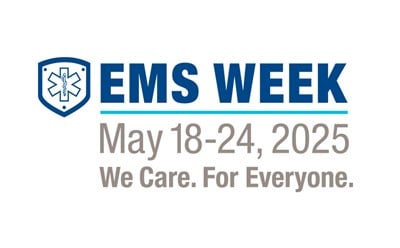WASHINGTON, D.C.—There is an increasing number of reports detailing injuries from electric currents generated by mobile phone chargers, particularly from lower-cost generic manufacturers. Generic mobile phone chargers are less likely to meet established safety and quality tests than the brand counterparts, according to analysis and case studies in Annals of Emergency Medicine.
“Generic phone chargers can cause burns or electrocutions,” said Carissa Bunke, MD, a pediatric resident physician with University of Michigan C.S. Mott Children’s Hospital and lead study author. “Teens and adolescents are particularly at risk of injury due to their frequent mobile device use. They should be advised to not sleep with their phones or mobile devices charging in bed and avoid leaving the charger plugged in when it is not connected to a phone.”
In one case cited, a patient was thrown from his bed by electric current. Another involved a 19-year old woman injured when the end of a charger touched her necklace, transmitting electric current and causing second degree burns.
The analysis notes that for a study conducted by Electrical Safety First in the United Kingdom, Apple provided 64 generic chargers for safety testing. Fifty-eight percent of these generic chargers failed the electric strength test, indicating a breakdown of the insulation barrier. In another study conducted by Underwriters Laboratories of Canada, 400 generic iPhone chargers were tested for electric shock safety risks. Twenty-two samples were immediately damaged during the testing process and only three of the 400 samples passed an electric strength test, a 99 percent failure rate.
“Even with a low-voltage device, if the current is high, then the electric shock can be severe,” Dr. Bunke said.
Generally, patients with these types of injuries require medication to management their pain and follow-up at their primary care provider or the burn center. In most instances, patients are checked for irregular heart rhythm or related side effects. Severe cases could involve extensive tissue damage or deep burns that require skin grafts. Complications from these types of events could include muscle breakdown, trouble breathing or airway damage, or cardiovascular injuries.
 American College of Emergency Physicians
American College of Emergency Physicians







